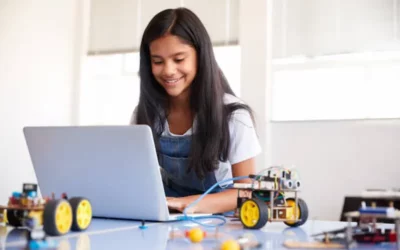Coding has become an important ability for kids to learn in today’s increasingly digital environment. Early exposure to coding can help kids develop their creativity, logical thinking, and problem-solving skills. Additionally, learning to code gives kids valuable skills for potential employment in technology. Fortunately, there are lots of free tools out there that can help kids learn to code and love it. This blog will discuss the value of teaching young people to code and offer advice on how to do so using free resources, teaching hints, project ideas, obstacles, and possibilities.
Before diving into the blog, You can check out the video.
Table of contents
Introduction
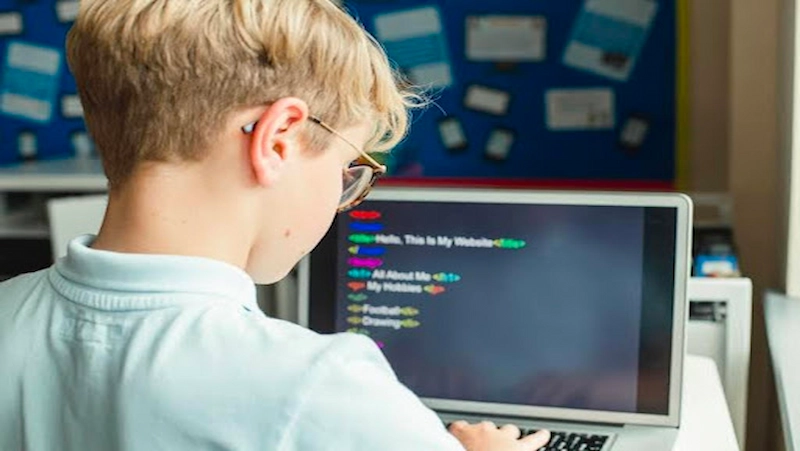
Coding is a useful talent in today’s society that can provide youngsters with a variety of chances. Kids who learn to code can improve their creativity, problem-solving, and critical thinking abilities. They may learn how to function both alone and as a team as a result.
Children can learn to code in a variety of methods. Kids can get started by using internet tools, books, and even coding clubs. Kids can begin to develop their own projects once they have mastered the fundamentals of coding. This might be anything from straightforward games to intricate websites.
Game coding for kids is an excellent way to introduce children to programming and computer science concepts.
Kids may have a lot of fun while learning important skills that will be useful in their future jobs through coding. There are numerous tools available to assist you in getting started if you’re interested in teaching your children to code.
The following are some advantages of training children to code:
- Critical thinking abilities: Learning to code needs students to use reasoning and problem-solving skills. This is a useful ability that can be used in numerous aspects of life.
- Coding helps young people how to break down challenges into manageable steps and find answers. This is a useful talent that may be applied in both work and school.
- Creativity: Learning to code can provide students with new opportunities to show their creativity. They have the creative imagination to generate fresh concepts and options.
- Children can learn to learn independently by learning to code. To aid kids in learning new skills, they can access resources both online and in books.
- Coding can assist children in learning how to collaborate in a team. They can work together to develop projects and find solutions.
Free resources for teaching kids to code
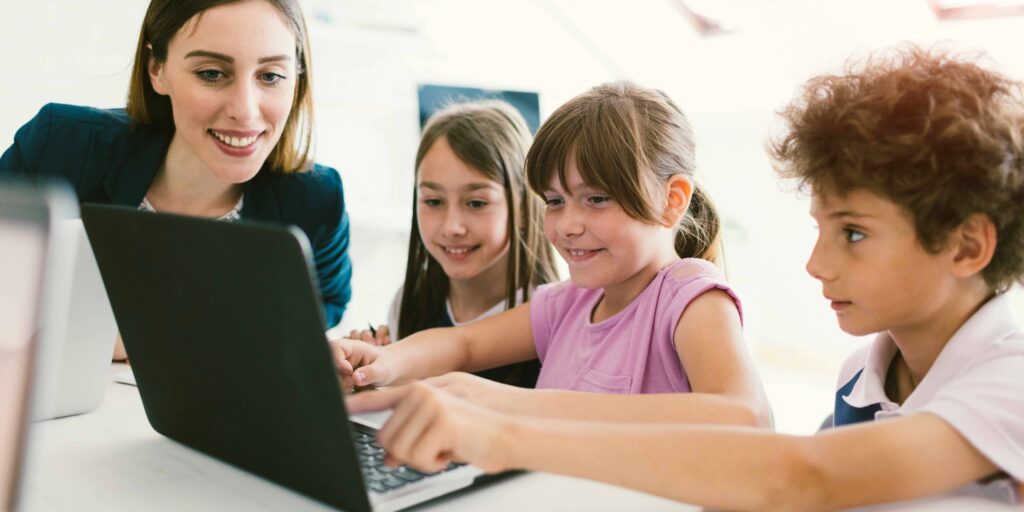
Children can learn to code using a variety of free resources including some free coding websites. Free coding websites for kids offer a range of coding exercises, games, and challenges to help them practice and enhance their programming skills. Here are some of the top ones:
- CodeChamps by BrightChamps is an extraordinary platform that ignites young minds with the power of coding. It is a creative wonderland where kids dive into the captivating world of programming, learning to unravel complex algorithms and craft their own digital masterpieces. With a holistic curriculum, CodeChamps nurtures the innate problem-solving abilities of children, fostering their creativity and critical thinking. CodeChamps is where dreams come alive, and the future of innovation takes flight.
- Popular website Code.org provides a range of coding classes for children of all ages. The courses cover a wide range of topics and are interactive and entertaining, ranging from fundamental HTML and CSS to more complex JavaScript and Python. HTML for kids is an easy way to introduce your kids to the coding world.
- Children may make their own interactive stories, games, and animations using the free internet platform Scratch. Kids can quickly learn the block-based coding language used by Scratch, and it has a vast user population of people with whom they can share projects and get feedback.
- Kids ages 12 and older can take a free coding course at Khan Academy. The course teaches the fundamentals of computer science, including programming languages, data structures, and algorithms.
- For children of all ages, Tynker is a subscription-based service that provides a range of coding lessons. It does, however, provide a free trial that allows you access to a few courses.
- HTML, CSS, and JavaScript are among the free coding classes for children offered by Codecademy. The classes offer a fantastic introduction to the fundamentals of coding and are interactive and interesting.
- Google coding for kids offers various programs, providing them with interactive and educational resources to learn programming.
There are numerous free coding apps for smartphones and tablets in addition to these websites. Among the most popular choices are:
- A coding app for children ages 5 and up is called Hopscotch. Kids may construct their own games and animations with ease because of the interface’s drag-and-drop functionality.
- For children ages 4 and up, ScratchJr is a condensed version of Scratch. Young children can quickly acquire the language of coding because it is block-based.
- Kids learning to code in Swift can use the program Swift Playgrounds. It instructs children on the fundamentals of coding through a series of interactive tasks.
Kids should learn how to code since it is a useful talent, and there are plenty of free tools to get them started. Kids can learn to code and acquire the abilities they need to flourish in the twenty-first century with a little effort.
Tips for teaching kids to code

The following advice is for teaching children to code:
- Reduce complicated ideas to their component pieces. It’s crucial to break down difficult ideas into smaller, easier-to-understand chunks when instructing children in coding. This will make the information easier to understand and less intimidating for them. For instance, if you were teaching a child about loops, you might first define a loop before demonstrating how to build a straightforward loop that prints a number of times. You can then introduce more complicated ideas, like nested loops or conditional loops, once they have a firm understanding of the fundamentals.
- Make coding relatable by using examples from everyday life. If children can see how coding is utilized in the real world, they are more likely to be interested in learning it. You may teach them how to make a straightforward game or a webpage, for instance. You might also discuss with them how coding is employed in various sectors, such as the tech, healthcare, and financial industries.
- Funnel it out! Coding lessons ought to be enjoyable. Kids are less likely to persevere if they are not having fun. There are numerous ways to engage children in coding. You could make use of challenges, games, and riddles. You might also let them work on initiatives that interest them.
- Here are some extra pointers:
- start with the fundamentals. Do not attempt to teach children all aspects of coding at once. Start by learning the fundamentals, like variables, loops, and functions.
- Be tolerant. It takes time and practice to learn to code. Don’t give up if your children don’t grasp it straight away. They’ll learn how to do it eventually if they just keep practicing.
- Be upbeat. Let your children know that you believe in them and encourage them. They will remain motivated as a result of this.
- Children who learn to code can take advantage of a variety of opportunities. You may assist your children in learning to code while still having fun by using the advice in this article.
Project ideas for kids learning to code
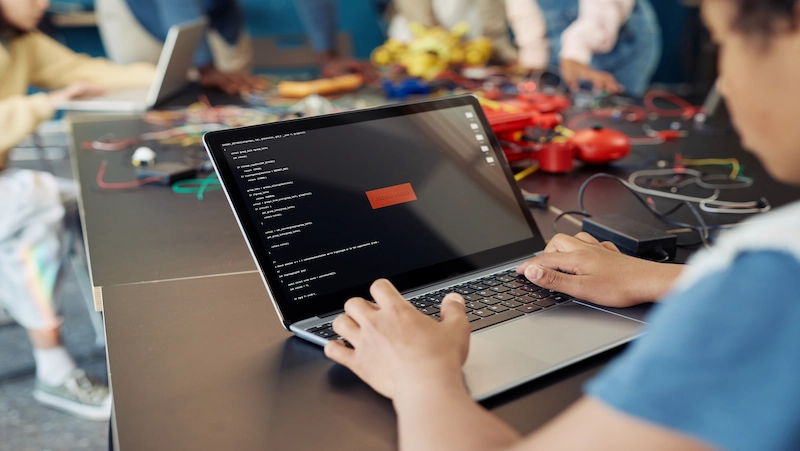
For children learning to code, there are many fantastic project ideas. Among the most well-liked are:
- Use Scratch or a similar visual programming language to create a game. Kids-focused internet programming language Scratch is available for free. Its block-based user interface makes it simple to understand and operate. Online tutorials are widely available and can assist kids in learning Scratch.
- Create a website using JavaScript, CSS, and HTML. Website builders for kids enable them to create their own websites with easy-to-use interfaces and pre-designed templates. A website’s structure is created using the HTML language. To manage a website’s appearance, CSS is employed. A website can become more interactive by using JavaScript. Online resources abound that can be used to teach kids HTML, CSS, and JavaScript.
- Utilize a robotics kit to build a robot. On the market, there are a wide variety of robotics kits. Kids can construct their own robots using these kits and program them to do various tasks. Kids may learn about engineering, electronics, and programming using this excellent method.
- To address an issue, create a computer program. This could be anything from a program to play a game to one that calculates the area of a circle. This is a fantastic approach for youngsters to learn about algorithms and problem-solving.
- These are only a few of the many fantastic project suggestions for young people learning to code. Talking to your child about their interests and what they would like to learn is the best approach to locating a project that is appropriate for them. Children can learn how to code using a variety of tools that are available online and in libraries.
Kids can learn to code in a variety of methods, in addition to the projects mentioned above. Popular choices comprise:
- taking a class in coding. Both online and in-person coding classes are widely offered for children. These courses can give young people the direction and encouragement they need to learn how to code.
- a coding club to join. Kids can join a variety of coding clubs in their schools and neighborhoods. These clubs can give students the ability to collaborate on projects and learn from other kids.
- coding alone. Kids can learn to code on their own with the help of a variety of internet resources. Challenges, games, and tutorials are some of these resources.
- Coding can be an enjoyable and gratifying experience for youngsters, regardless of how they decide to learn. It can aid in the development of their creativity, critical thinking, and problem-solving abilities. Additionally, it may create a myriad of professional opportunities for them in the future.
Challenges and opportunities of teaching coding to kids for free
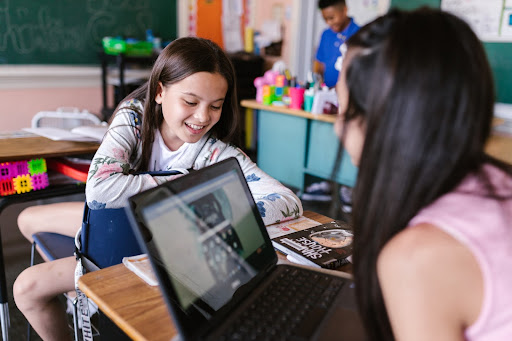
Children who learn to code can take advantage of a wide range of opportunities. They can improve their creativity, critical thinking, and problem-solving abilities thanks to it. Additionally, it can get them ready for careers in STEM sectors.
Children can learn to code using a variety of free resources. Free coding instruction for children might be challenging, though, due to a few issues.
- Finding the correct resources is one of the challenges. It can be challenging to choose the finest coding courses and programs for kids because there are so many options accessible. Finding materials that are created to teach children the fundamentals of coding and are suitable for their age is crucial.
- Finding the time to teach coding is another problem. Kids have a lot on their plates between school, extracurriculars, and other commitments. Finding time to fit coding into their routine can be challenging. Making coding a priority, even if it means forgoing certain other activities, is crucial.
- The issue of technological access is the last one. Not every child has access to tablets or laptops at home. You might need to find a means to provide your youngster access to technology if they don’t already have it. This can entail finding a coding course that is given at a nearby community center or bringing them to the library.
Despite the difficulties, there are lots of chances to give kids free instruction in coding. You can discover the time and access to technology that your child requires through a variety of sites. You can assist your child in acquiring the abilities required for success in the twenty-first century by making a few small efforts.
The Support of Children’s Coding Education: The Role of Parents and Teachers
When it comes to assisting kids with their learning of coding, parents, and instructors are crucial. By giving children the chance to learn, practice, and receive feedback, they can aid in the development of the abilities necessary for success in the field of coding.
Parents may get their children interested in coding early on. Playing coding games or using coding applications are just a couple of entertaining and interesting ways to get kids interested in coding. As children grow older, parents can assist them in locating coding materials that are suitable for their age and degree of expertise.
Games for kids on computer offer entertainment and educational value, allowing children to explore different subjects while playing.
Teachers may be very important in helping kids learn how to code. They can incorporate coding into the curriculum and give children chances to pick up coding knowledge in a pleasant and interesting way. Teachers can aid students in the development of their capacity for creative thought and problem-solving.
The Digital Divide and Technology Access
The gap between individuals who have access to technology and those who do not is known as the “digital divide.” Children’s capacity to learn to code may be significantly impacted by this gap. Children without access to technology might not be able to benefit from the numerous free coding tools out there.
To overcome the digital divide and guarantee that all children have access to technology, a number of things can be done. Giving students and library patrons access to computers and the internet for free or at a minimal cost is an essential first step. Computers basics for kids cover fundamental concepts such as hardware, software, and basic operations, aiming to build a strong foundation in computer literacy. Training teachers on how to use technology in the classroom is a further crucial step.
We can ensure that all children have the opportunity to learn to code and build the skills they need to flourish in the 21st century by addressing the digital gap.
Conclusion
In conclusion, there are a lot of free ways that you may start your youngster off in the world of coding. Finding a method that is not just educational but also interesting and enjoyable for your child should be your top priority. After they have developed an interest in coding, there is a greater chance that they will continue with it and acquire new skills.
Frequently Asked Questions
Coding websites for kids are online platforms that teach kids how to code. They use a variety of methods, such as games, puzzles, and interactive lessons, to make coding fun and engaging.
Coding websites can help children learn to code by providing them with interactive and engaging lessons that are tailored to their age and skill level. These websites can also help children develop problem-solving skills and creativity.
Here are some popular coding websites for kids:
BrightChamps
Code.org
Scratch
Khan Academy
Tynker
CodeCombat
Lightbot
Codecademy
Code Monster
Glitch
Codewars
These websites offer a variety of coding courses and tutorials for kids of all ages. They use games, puzzles, and other interactive activities to make learning coding fun and engaging.
There are many coding websites for kids that are free to use. However, there are also some coding websites that require a subscription or payment.
Coding websites for kids are suitable for a wide range of ages, from as young as 4 to as old as 18. Some websites are designed for younger children and focus on teaching basic coding concepts, while others are designed for older children and focus on teaching more advanced concepts. There are also websites that are suitable for all ages and offer a variety of coding activities.
Coding websites for kids can offer both personalized and standardized learning experiences. Some websites offer a variety of learning paths that can be tailored to each child’s individual needs and interests, while others provide more structured lessons that follow a set curriculum. Ultimately, the best way to choose a coding website for your child is to consider their learning style and interests.
Yes, there are some safety concerns parents should be aware of when their kids use coding websites. These include:
Privacy: Make sure the website you choose has a privacy policy that you understand and agree with.
Security: Make sure the website is secure and that your child’s personal information is safe.
Content: Make sure the website’s content is appropriate for your child’s age and interests.
Addiction: Coding can be addictive, so make sure your child is not spending too much time on it.
By being aware of these concerns, you can help ensure that your child has a safe and positive experience with coding.
Kids can create a variety of coding projects using websites like Scratch, Code.org, and Tynker. These websites offer a variety of tutorials and tools that make it easy for kids to learn how to code and create their own projects. Some of the types of projects that kids can create include games, animations, and interactive stories.
Yes, coding websites for kids are suitable for complete beginners. They use visual programming languages that make it easy to learn the basics of coding without any prior knowledge.
This amount of time allows kids to learn the basics of coding and practice what they have learned. It is also a good amount of time to fit into a busy schedule. If kids want to learn more about coding, they can spend more time each day or week.

 We are an army of educators and passionate learners from BrightChamps family, committed to providing free learning resources to kids, parents & students.
We are an army of educators and passionate learners from BrightChamps family, committed to providing free learning resources to kids, parents & students.





